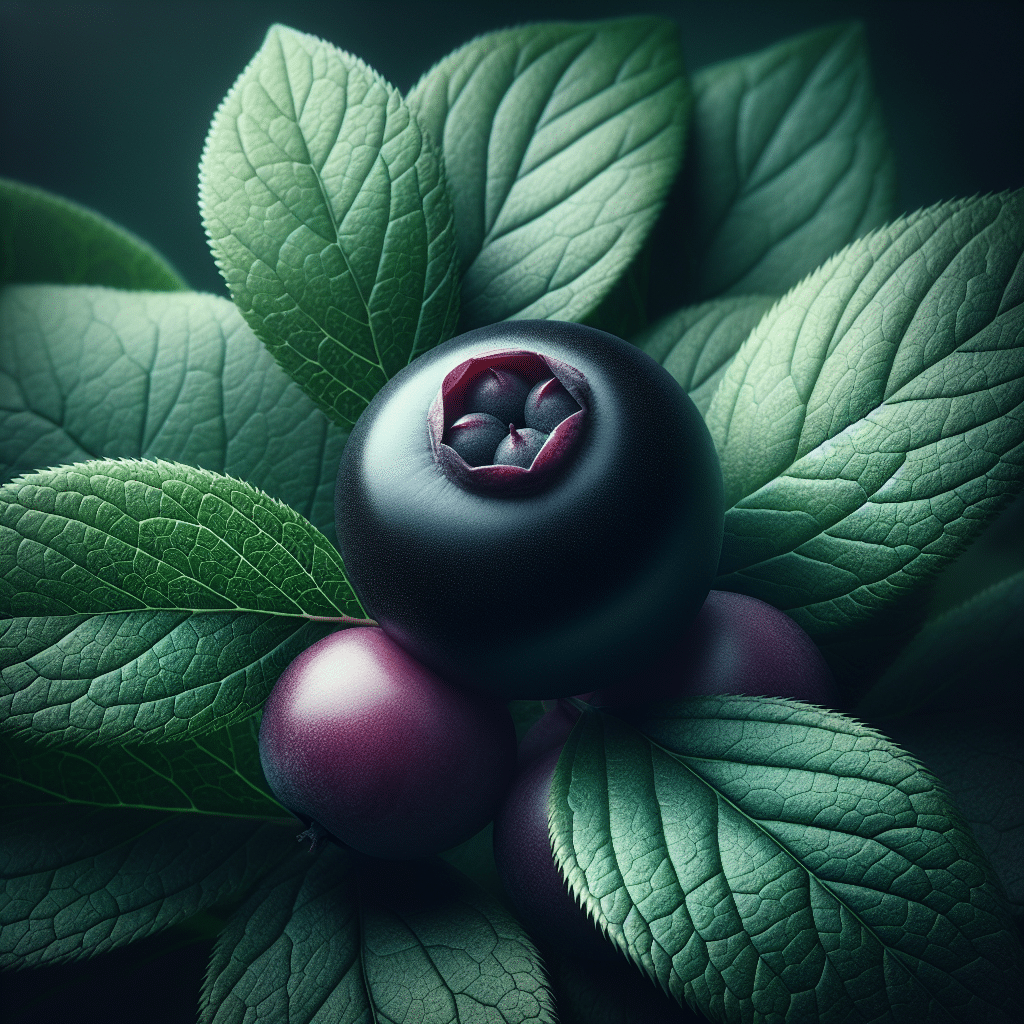What is a Juneberry?
A Juneberry, also known as Amelanchier, is a fruit-bearing shrub or small tree that is native to North America. This delightful fruit resembles a small blueberry and typically ripens in June, hence its name. Commonly found in wooded areas, parks, and gardens, Juneberries produce sweet, edible berries that are rich in nutrients such as vitamins A and C, fiber, and antioxidants. In addition to their nutritional benefits, Juneberries are also praised for their versatility in culinary uses, including jams, jellies, pies, and fresh eating. Furthermore, their attractive flowers, which bloom in early spring, make them a popular choice for ornamental planting. Overall, Juneberries are valued for their taste, health benefits, and contribution to biodiversity.
1. Overview of Juneberries
Juneberries, often called serviceberries, are part of the Rosaceae family, which includes other popular fruits like strawberries and apples. There are several species of Juneberry, the most common being Amelanchier alnifolia and Amelanchier canadensis. These trees and shrubs can vary in height, typically reaching heights of 3 to 25 feet, depending on the species and growing conditions.
2. Habitat and Distribution
Juneberries thrive in a range of environments across North America. They can be found in diverse habitats, including forests, meadows, and along streams. They prefer well-drained, slightly acidic soils but are adaptable to various soil types. These plants are particularly resilient and can flourish in both urban and rural settings.
3. Biological Characteristics
3.1 Leaf and Flower Structure
The leaves of Juneberries are typically ovate and have a smooth margin. They display a vibrant green color during the growing season, turning to hues of yellow and orange in the fall. The flowers bloom early in the spring before the leaves emerge, presenting delicate white to pink blossoms that are attractive to pollinators.
3.2 Fruit Development
Juneberries produce small, round fruits that resemble blueberries. The berries begin as green and gradually transition to hues of red, purple, and finally dark blue when fully ripe. This ripening process typically occurs in late spring to early summer, allowing for a bountiful harvest in June.
4. Nutritional Profile
Juneberries are not only tasty but also highly nutritious. They are an excellent source of several essential nutrients:
- Vitamins: Rich in vitamins A and C, which are crucial for maintaining healthy skin and immune function.
- Minerals: Provide essential minerals like potassium and iron.
- Antioxidants: High in antioxidants, particularly flavonoids, which help combat oxidative stress in the body.
- Fiber: A good source of dietary fiber, aiding in digestion and promoting satiety.
5. Culinary Uses
Juneberries can be enjoyed fresh or incorporated into various culinary creations. Here are some popular ways to utilize this delightful fruit:
5.1 Fresh Consumption
The berries can be eaten raw, providing a sweet and juicy snack. They offer an excellent alternative to blueberries and can be used in fruit salads or as toppings for yogurt and cereals.
5.2 Baking and Desserts
Juneberries can also be used in baking. They are great for creating pies, muffins, and other pastries. Their sweet flavor pairs harmoniously with other fruits and spices.
5.3 Preserves and Jams
Making jams and jellies from Juneberries is a popular way to preserve their flavor. The berries can be cooked down with sugar and pectin to create a flavorful spread perfect for toast or desserts.
6. Cultivation Tips
If you are interested in growing Juneberries, here are some essential tips to ensure a successful harvest:
6.1 Planting
Choose a sunny location with well-drained soil. Juneberries can be planted in either spring or fall. Make sure to space them adequately, as they can grow wide.
6.2 Watering
While Juneberries are drought-tolerant, consistent watering is essential during the first few years after planting to establish a healthy root system. Aim for regular watering during dry periods.
6.3 Pruning
Prune your Juneberry shrubs in late winter to early spring to encourage healthy growth and fruit production. Remove any dead or crossing branches to promote better air circulation.
7. Potential Challenges
7.1 Pests and Diseases
Juneberries are generally resilient but can be affected by pests such as aphids and spider mites. Fungal diseases like powdery mildew can also occur. Regular monitoring and organic pest control methods are recommended.
7.2 Harvest Timing
Timing the harvest is critical, as berries that become overripe can fall and attract pests. Berries are best picked when they are fully colored and slightly soft to the touch.
8. FAQs About Juneberries
8.1 Are Juneberries safe to eat?
Yes, Juneberries are perfectly safe to eat. They are widely consumed and enjoyed for their sweet flavor.
8.2 Can Juneberries be used in cooking?
Absolutely! Juneberries can be used in a variety of dishes, including baked goods, jams, and salads.
8.3 What is the best time to pick Juneberries?
The best time to harvest Juneberries is typically in June when they reach full ripeness and are dark blue in color.
8.4 How do I propagate Juneberries?
Juneberries can be propagated through seeds, cuttings, or by dividing established plants. Seeds should be stratified for optimal results.
9. Conclusion
Juneberries are a wonderful addition to any landscape or diet. Their sweet fruits, vibrant flowers, and numerous health benefits make them a cherished native plant. Whether you choose to grow them in your garden or enjoy them at local markets, Juneberries provide a unique taste of North America’s natural heritage.



